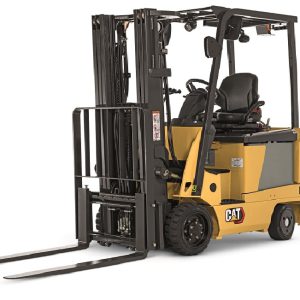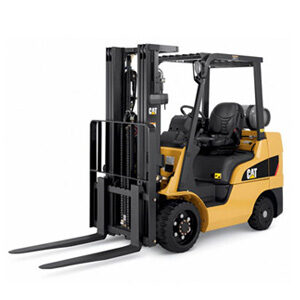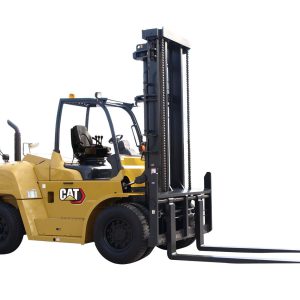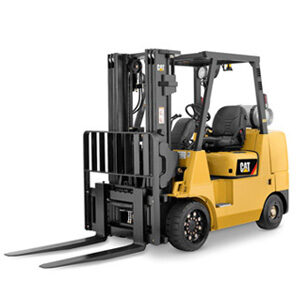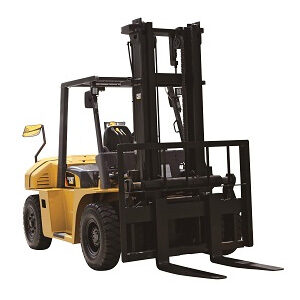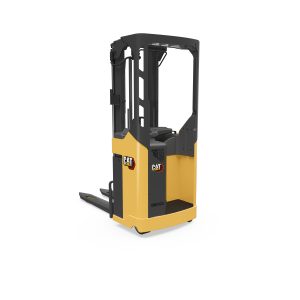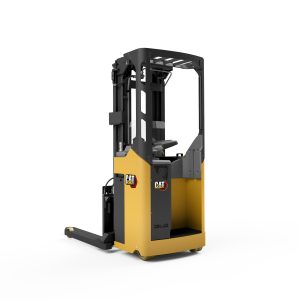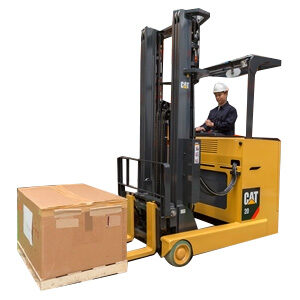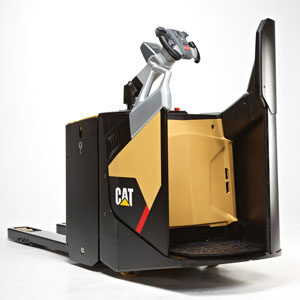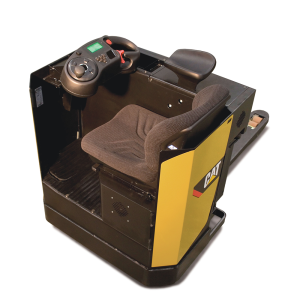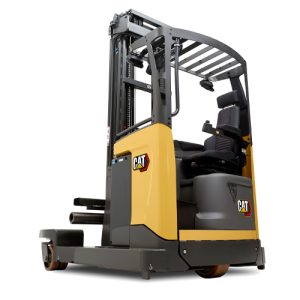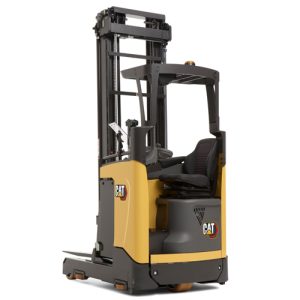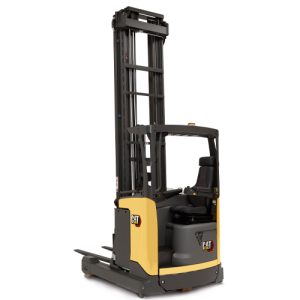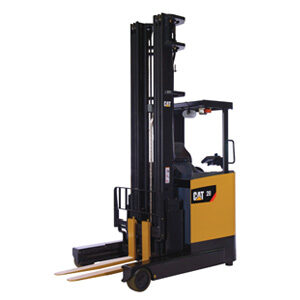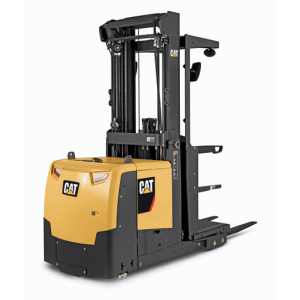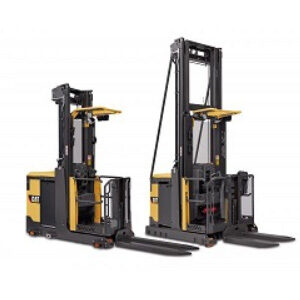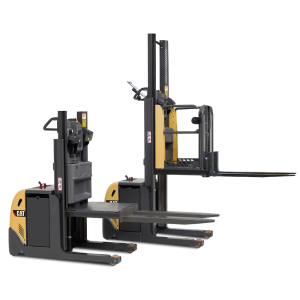
Life in a digital world – The power of big data and machine learning i
28/08/2020
Last month Gay Sutton wrote an article for Eureka Magazine, which cut through the hype and assumptions around big data, artificial intelligence and machine learning to discover how the vast swarm of continuously flowing online data is being channelled cost-effectively to enhance logistics and supply chain management. This is what she found out.
The trend of digitalisation in almost every aspect of human life has created an overwhelming deluge of data. For many years, data generated at the point of sale (POS) has been utilised to improve forecasting and optimise logistics and the supply chain. Now a vast amount is being generated through online browsing and buying behaviour as well as from unstructured sources such as camera and surveillance footage, social media and so on. In the past, analysing this overwhelming and non-stop flow of data would have been an overwhelming challenge – but not anymore.
Gay spoke to Andrew Fowkes, Head of Retail Centre of Excellence at analytics company SAS, who told her that in recent years there have been enormous advancements in computing power and we can now process vast quantities of data more cost-effectively, meaningfully and much faster. Moreover, this can be done in the Cloud, at a level to suit a company’s needs, so those huge investments in on-premises data storage and computing power are becoming increasingly unnecessary. As the technology matures, this could make top-quality analytics possible for companies, regardless of size and sector.
Retail is an excellent example of where improvements are already being made. Using not just POS sources in time series (time order) but additional data such a weather events, browsing traffic, competitor activities, product attributes and location. Much of this is text-based. It can vary in applicability over time and can also be affected by other contextual events happening in the marketplace such as promotions and fashion. So how can today’s analytics combine these awkward variables and make sense of them in a meaningful way?
Andrew says that they get much more accurate demand forecast by using a machine learning model or combining a machine learning model across a number of products with a time series approach.
Using the trail customers leave online to mark their browsing and purchasing history, means that they no longer have to assume sales behaviour. The machine is fed the data in near real time and uses this continual stream plus other attributes to work out what’s happening and why. This results in more accurate forecasting that can be used throughout the supply chain, improving each stage and leading to better inventory and fulfilment optimisation.
One key attribute of the machine learning is… learning. Once deployed, the machines are continually self-learning and improving both from the influence of various data elements as well as human intervention, for example if a forecast is over-ridden. In other words, comments Andrew, they ‘self-correct’.
This brave new world is moving fast and there are many developments in the pipeline. We are already seeing computer vision in action. This uses machine learning to automatically recognise and analyse digital images, and then decide based on that. Even more exciting is the concept of analysing social media to learn about changing customer tastes and trends and then applying them to the demand forecast. The resulting data is invaluable for accurate forecasting and can also be fed into other applications. Andrew notes that we have now gone beyond the AI hype and machine learning is quite practical. And as the machines learn, more exciting capabilities are emerging.
So, this is an interesting time in the development of this technology, but Andrew also remarks that it will soon become normal for us to use all the data that’s available. Rather than evaluating big data in its raw form and then safely storing it for later use, more and more organisations will be letting it just flow so that machine learning algorithms evaluate it in almost real time, giving a much more accurate and immediate result. Andrew believes that machines will be ahead of us by design, and in the future, we will get to the stage where products are sent to the customer before they’ve even ordered it.
Source: https://eurekapub.eu/technology/2020/03/11/life-in-a-digital-world




